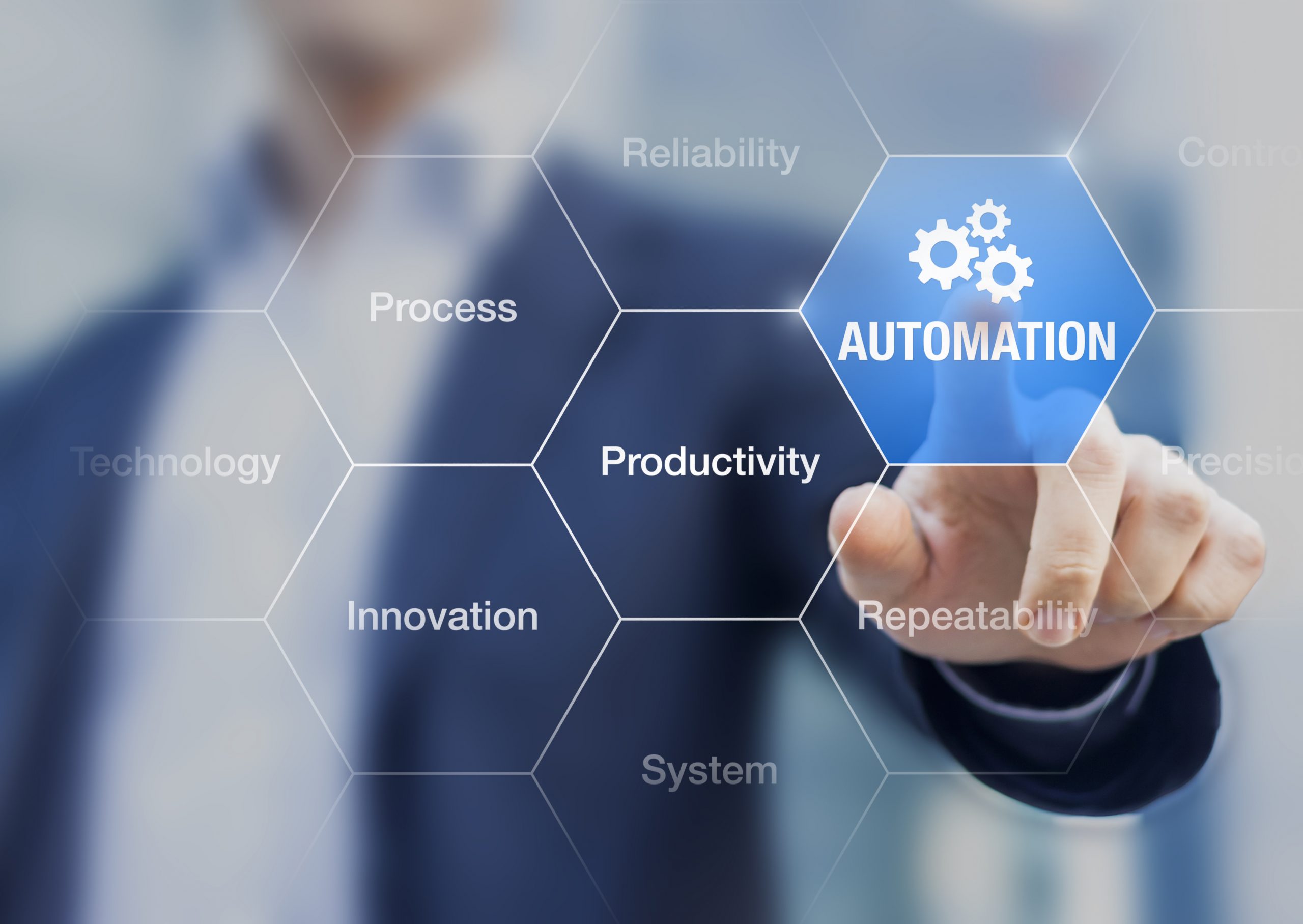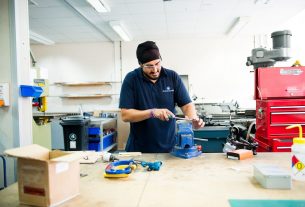The COVID-19 pandemic’s impact on global business – especially supply chain disruption – encouraged many logistics and manufacturing businesses to make bold claims about accelerating their digital transformation journeys. In 2021, a survey undertaken by Guidance Automation revealed a growing commitment to intralogistics automation. But a year on, progress has stalled: the level of process automation has remained unchanged over the past 12 months, as results found in the 2022 survey.
On the plus side, awareness of the power of automation to deliver change has clearly improved. Companies are far more sophisticated, focusing on supply chain digitisation and actively reviewing supply chain processes. However, if the two-thirds of organisations that expect to be fully automated within three years are to achieve this goal, it is vital to embark upon active automation projects sooner rather than later.
With automation now recognised as both vital and valuable – Dr Paul Rivers, Managing Director, Guidance Automation, explains why vendors need to step up, offering free trials to overcome businesses’ misplaced fears regarding both cost and disruption, and prove the tangible value of automation technologies such as Autonomous Mobile Robots (AMRs).
One Year On
In April 2021, Guidance Automation commissioned Sapio Research to undertake research to understand the importance of intralogistics automation, including the role of Autonomous Mobile Robot (AMR) Technologies within companies that have a warehouse, fulfilment, production or distribution operation. The survey revealed a strong commitment to automation, with a third of businesses (33%) saying intralogistics automation is critical to business success.
A year on, and while the language suggests businesses are far more aware of the value of automation, implementation progress is worryingly slow. Guidance Automation’s 2022 survey reveals significant improvements in business knowledge. This year, digitisation of the supply chain is the first thing that comes to mind when asked about intralogistics automation – a step forward from the 2021 focus on the simple and ubiquitous software systems and bar code scanning. In addition, two in five (40%) of respondents are continuously reviewing their warehouse, fulfilment, production and distribution centre processes, an increase of 17% over last year.
Two-fifths (40%) now think intralogistics automation is critical for the success of their business – up from 33% in 2021, confirming that automation is increasingly perceived to be a fundamental part of business growth and success going forwards. Furthermore, a greater number of respondents in 2022 (61%) than in 2021 (54%) believe intralogistics automation will bring a higher value than the investment over the next five years.
This is a positive shift, and one that indicates a far greater level of intralogistics automation understanding within UK businesses. Yet the level of actual change is negligible: the overall proportion of automated processes remains the same, at 39%.
Business Pressures
The past year has been challenging. Staff shortages, raging inflation and continuous supply chain disruption have affected business confidence and compromised planning. Customer demand (48%) and an increasing number of sales channels (40%) are impacting plans for automation, underlining the shift in business models precipitated by the pandemic. More than three-quarters of B2B (business-to-business) buyers and sellers say they now prefer digital self-serve and remote human engagement over face-to-face interactions, according to McKinsey.
However, while e-commerce boomed during the pandemic, recent price rises have, once again, changed consumer expectations, leading to a reduction in online sales. At the same time, profitability of e-commerce channels is under threat due to the sharp increase in delivery costs, especially cross border. Efficiency has become ever more important. Not only is improving efficiency one of the top three business goals, but achieving low operational costs (35%) and increased productivity and efficiency (31%) remain the most desired benefits of automating material movement.
Given the increasing need for an understanding of intralogistics automation, what is holding companies back from achieving tangible change? The largest barrier to implementing automation for 2022 is the extent of the downtime needed to upgrade – in contrast to 2021 when companies were more concerned about the potential skills shortage in maintaining automated systems. Budget constraints are still the main element preventing automation, having increased from 69% to 76%, reflecting the challenging global economy that has emerged over the past 12 months.
Achieving Change
Education, awareness and understanding have improved, but organisations clearly need more help and support to achieve essential change. When two-thirds (66%) of respondents predict implementing AMRs will bring a financial value to their business that exceeds the initial investment, the barrier is not technology confidence.
The onus is on vendors to address often incorrect perceptions regarding the level of both disruption and investment associated with automation projects. The ability to trial technologies such as Autonomous Mobile Robot (AMR) Technologies provides companies with a simple, effective way to understand where and how technologies can be deployed, and where cost savings and efficiencies can be achieved.
Companies know that the labour shortages are set to continue; supply chain issues are not easily resolved and the economic outlook remains uncertain. These issues should be accelerating digital maturity and automation plans, yet companies are making assumptions about the cost of investment and disruption – and delaying change as a result. The true picture is quite different – disruption is not a given; investment is not punitive. Indeed, flexible investment models, including rental, are making innovative technologies ever more accessible.
Conclusion
Two-thirds of these businesses plan to be fully automated within three years. If this goal is to be achieved, if businesses are to put in place the intralogistics automation required to improve efficiency, reduce costs and become more responsive, they need to evolve swiftly from education to implementation. It will be essential to see far more progress in the next Guidance Automation survey in 2023.





